A lot of our bulk customers, who are microgreen growers, are changing the landscape of healthy and clean eating all across the big cities in India and we are very proud of them.
Ever since their origin, microgreens have become the favourites of health-conscious individuals and chefs all around the world. But one question that frequently arises in the minds of all our microgreen growers is, "Will my microgreens regrow after I harvest them?" In this article, we'll try to provide answers to all your microgreens re-growth questions, shedding light on which varieties may have a chance to regrow and what you can do with the soil after harvesting your microgreens.
The Origin of Microgreens:

Microgreens are not a new invention; they have been a part of culinary traditions for over four decades now. Over time, their popularity has soared due to their incredible flavour, vibrant colours, and exceptional nutritional content. Microgreens are essentially young seedlings of various plants, harvested at an early stage, usually when they have developed their first true leaves. These miniature greens are packed with nutrients, and some varieties have proved to contain up to 40 times more nutrition than their mature counterpart making them an ideal addition to your daily meals.
Health Benefits of Microgreens:
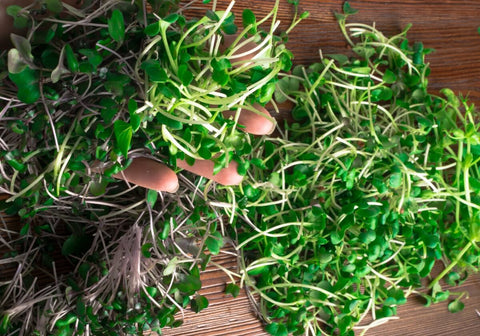
Microgreens are well-known for their health benefits across the world. Let’s take a look at the major benefits of consuming microgreens.
- Nutrient Density: Microgreens are densely packed with essential vitamins and minerals, including vitamins A, C, and K, as well as folate, iron, and calcium. They are believed to contain higher nutrient levels than their mature counterparts.
- Antioxidant Power: These tiny greens are rich in antioxidants, which help combat free radicals in the body, reducing the risk of chronic diseases.
- Flavour and Texture: Microgreens provide a burst of flavour and texture to dishes, enhancing the overall culinary experience.
- Easy to Grow: Microgreens are one of the easiest plants to cultivate, making them an excellent choice for both novice and experienced gardeners.
Explore our in-depth guide on health benefits and growing various microgreens.
Do microgreens regrow after harvest?

The simplest response to this is that after harvest, the majority of microgreens do not regrow. Even if there are still some healthy leaves, the growth rate will be substantially slower than earlier, frequently resulting in seedlings that grow too slowly. In other instances, you might be confusing the regrown microgreens with the late-sprouted seeds. There are, however, certain exceptions to this. Some microgreens of peas and beans varieties do have a better probability of regrowing. Green peas, speckled peas, snap peas, snow peas, fava beans, and field peas, for instance, frequently sprout again. If the proper conditions and care are provided, some types can yield a second crop.
If you're aiming for the healthiest and most delicious homegrown microgreen experience, stick to one harvest per batch. It's a simple way to maintain hygiene, maximize nutrition, savour the freshest flavours, and contribute to a more sustainable gardening routine.
Reusing Soil After Microgreen Harvest:

While most microgreens may not regrow, the good news is that you can put your soil to excellent use even after harvesting your microgreens. One eco-friendly and sustainable option is to toss the spent soil into your compost bin or pit.
Worms, the champions of composting, love organic matter. When you add the microgreen soil to your compost, the worms will feast on the root systems, stems, and any other organic material left behind. They'll break down these remnants, turning them into nutrient-rich, dark, crumbly compost—a gardener's dream come true.
One important thing to remember is to check if there are any non-sprouted seeds left in the soil. In case you are not sure about this, your best would be to flip the soil upside down in the compost heap.
Here's how to make the most of your microgreen soil in your composting efforts:
- Combine with other kitchen waste: To create a balanced compost mixture, add your microgreen soil to a compost pile or bin along with other kitchen scraps.
- Keep It Moist: Ensure your compost remains adequately moist but not waterlogged. This helps the microorganisms, including worms, work their magic and produce well-fertilized soil.
- Aerate the Pile: Turn or aerate the compost pile regularly to promote decomposition and prevent unpleasant odours.
- Patience Pays Off: Composting is a gradual process. It may take several months for your microgreen soil to decompose into rich fertile soil completely.
Want to know more about composting? Here’s how you can start your own compost pile at home.
Once your compost is ready, you'll have a nutrient-dense, organic soil amendment ready for your next planting adventure. This nutrient-rich compost can significantly enhance the quality of your garden soil, improving its texture, moisture retention, and overall fertility.
In conclusion, while most microgreens may not regrow after harvest, you can still reuse the soil in your compost and contribute to sustainable gardening practices and nurture your garden with nutrient-rich, black-gold soil. So, enjoy your microgreens to the fullest and let the spent soil contribute to the growth of future garden delights. Happy gardening!


 Sign In
Sign In




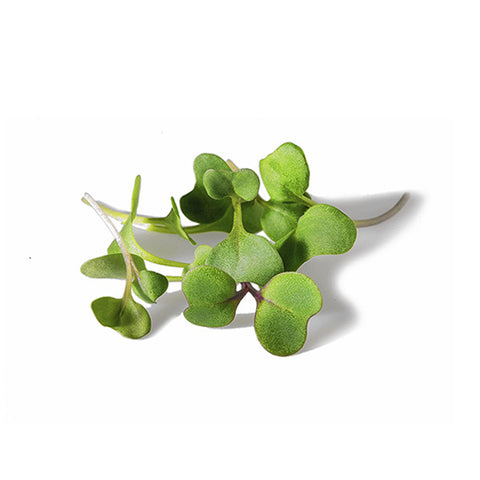



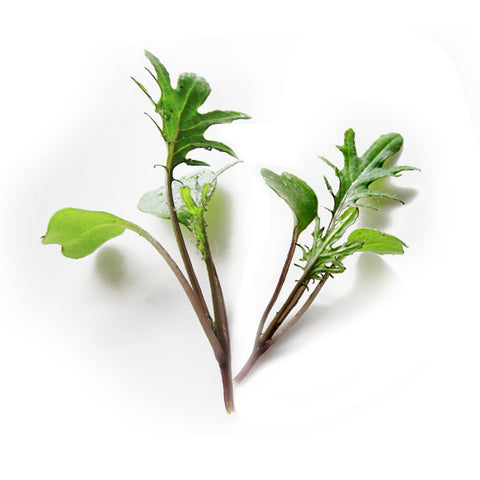

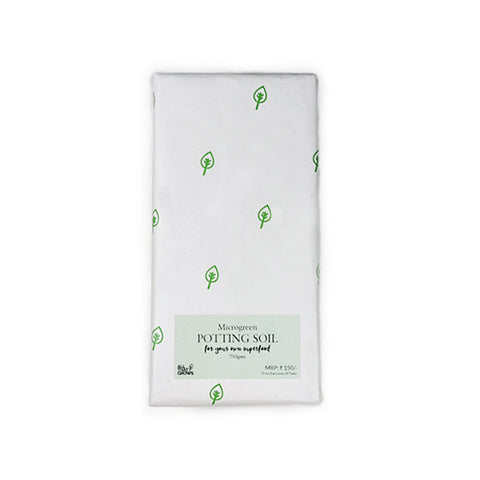
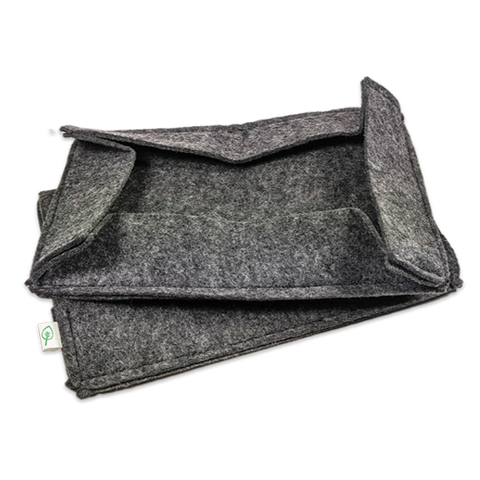






Let us know your feedback
* Comments must be approved before being displayed.